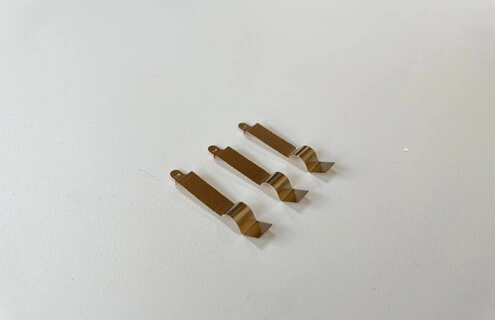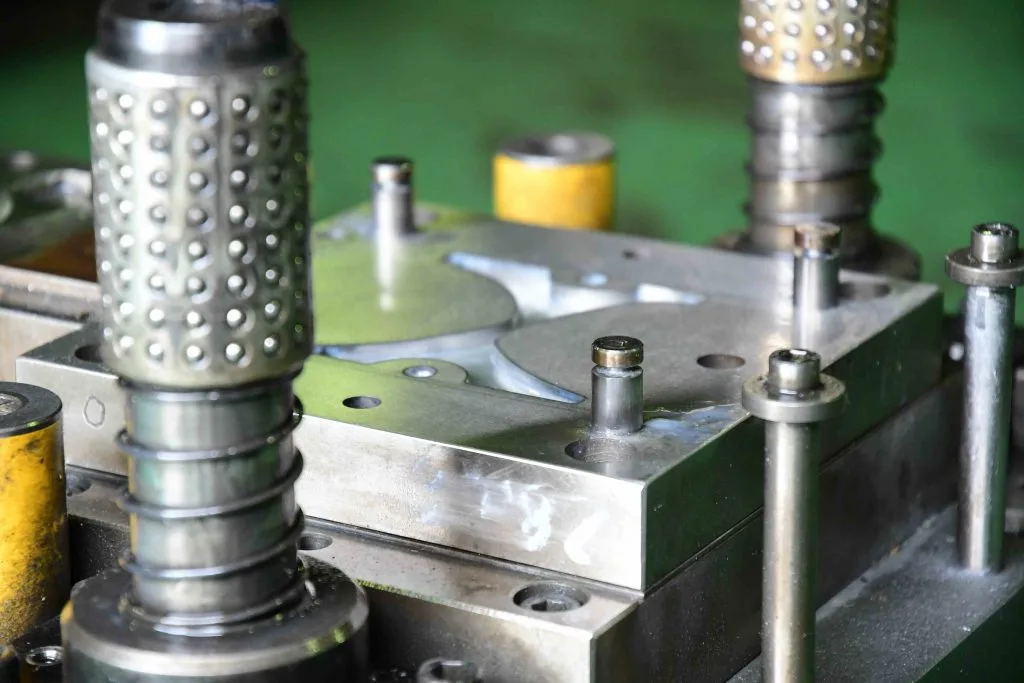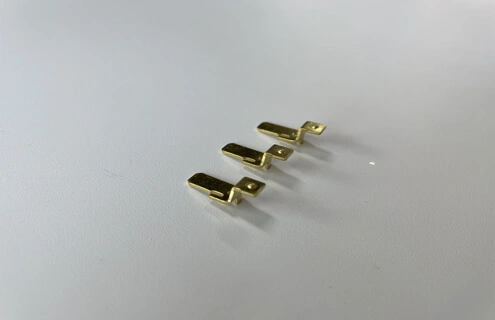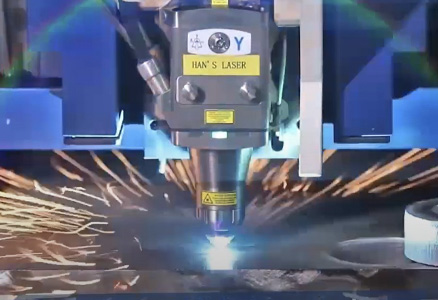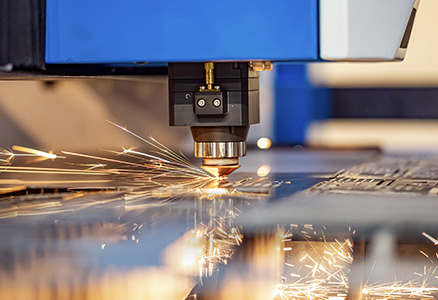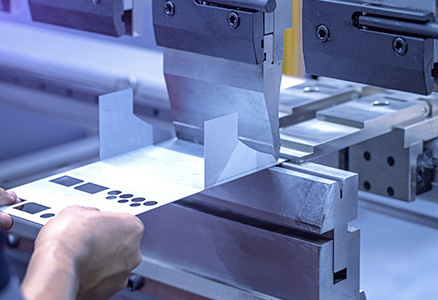Deep drawn brass stampings are widely used in electronics, timepieces, automotive components, plumbing systems, and precision containers. They are highly valued for their excellent ductility, corrosion resistance, and distinctive metallic luster. Given the diversity of their application environments, proper cleaning and maintenance are crucial. The right cleaning methods can not only extend the lifespan of the parts but also preserve their functionality and visual appeal.
Understanding the Material Properties of Deep Drawn Brass
Before choosing a cleaning method, it’s important to understand the material characteristics of brass:
Brass is an alloy of copper and zinc, typically with about 66% copper, which gives it softness and a golden appearance.
Higher zinc content makes brass harder and shifts its color toward silvery white.
Some deep drawn brass components may contain trace amounts of lead or aluminum to enhance machinability.
Brass is non-ferromagnetic and features corrosion resistance, antibacterial properties, and low friction.
With a recycling rate of up to 90%, brass is considered an environmentally friendly metal.
Although brass is naturally corrosion-resistant, over time it can accumulate dust, grease, oxidation layers, or even slight corrosion. Regular and appropriate cleaning is therefore necessary.
Common Types of Contaminants on Deep Drawn Brass Stampings
During use, deep drawn brass components may be exposed to the following contaminants:
Surface Oxidation: Forms a dull oxide layer due to air exposure.
Grease and Dust: Accumulated during processing or daily use.
Fingerprints and Water Spots: Left by manual handling.
Industrial Residues: Traces of coolants or cleaning agents from manufacturing processes.
Cleaning Methods for Deep Drawn Brass Stampings
Gentle Cleaning: For Routine Maintenance
Best suited for parts without visible dirt or those used in high-precision applications (e.g., watches, electronic components):
Use a soft cloth moistened with warm water and a mild soap solution.
Gently wipe the surface of the component.
Dry thoroughly with a clean, soft cloth to prevent watermarks.
Removing Oxidation: To Restore Shine
If the brass surface becomes dull or loses its luster:
White vinegar + salt solution: A natural and effective formula to dissolve copper oxide.
Brass polish: Designed for decorative or visible parts.
Apply using an ultra-soft cloth in circular motions, rinse with warm water, and dry.
Ultrasonic Cleaning: For Industrial-Scale or Complex Parts
For intricate or large batches of deep drawn brass stampings, ultrasonic cleaning is recommended:
Use industrial cleaning solutions formulated for brass.
Maintain cleaning temperature between 40–60°C.
Cleaning time should be limited to 5–10 minutes.
Rinse immediately with deionized water and dry to prevent water spots or re-oxidation.
As environmental and manufacturing standards continue to rise, deep drawn brass stampings are being used in an expanding range of industries. Mastering effective cleaning methods not only enhances product quality but also reflects a company’s professionalism in fine management and sustainable manufacturing. Whether for industrial mass production or high-end custom applications, selecting the right cleaning process is essential for maintaining both the performance and appearance of brass components.

